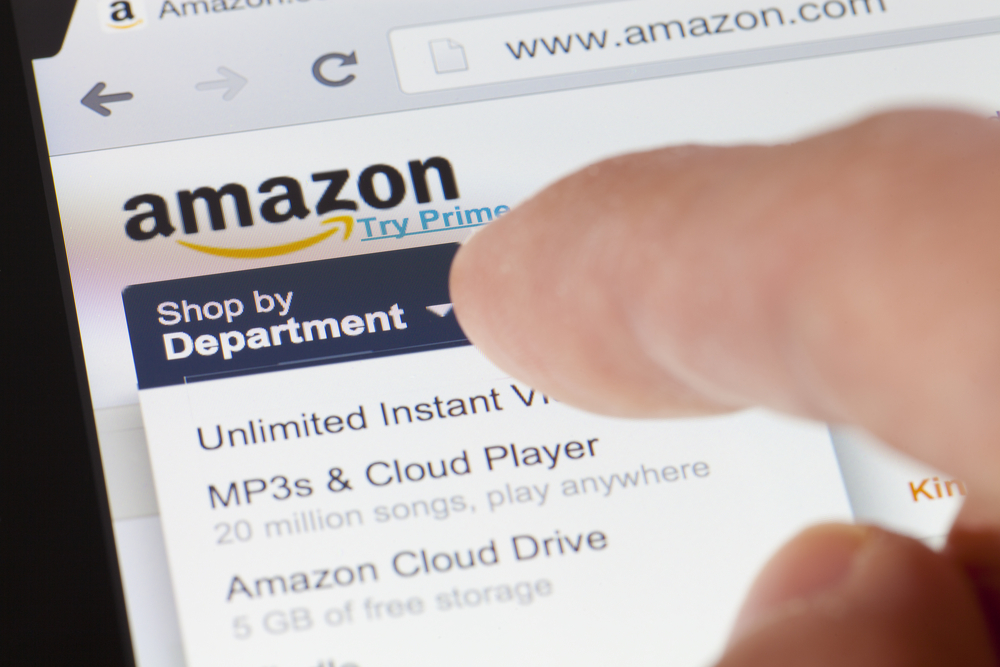
They used to say “Build a better mousetrap and the world will beat a path to your door.” Not any more. Type “mousetrap” into Amazon and you get 631 results. How on earth can anyone choose?
That’s why you need to differentiate your product. One way of doing this, of course, is to have the lowest price. However, that’s not as easy as it sounds. Even if you’ve sourced your product extremely well, your cost price is probably similar to your rivals’, and if you just keep reducing the price you sell at, eventually you’ll be left with no margin at all.
A better way might be to look at the problem the product is meant to solve; look at the pain points. For instance, mousetraps are one way of keeping mice out of your house. Cats, of course, are another. What are the pain points with mousetraps?
• Getting your fingers pinched while you’re setting the trap.
• Having to remove dead mice.
• Some people don’t want to kill living creatures.
So you might design a mousetrap which is self-contained, and set in such a way that people can’t trap their fingers. Or you might design an electronic trap that can just be up-ended over a bin bag, so users don’t have to see the dead mouse. Or a trap that will just keep the mouse there for release into the back garden. You might, instead, work on a mouse deterrent like a hemp-stuffed cushion (rodents hate the smell of hemp). All of these products would make your mouse trip different from the other mouse traps on the market.
How do you find the pain points? Simple – read the reviews of similar products on Amazon. Users are always keen to comment on the problems they have or the things they wish the product did, but it doesn’t. Think about how you could address these issues.
(Or just produce women’s clothes with proper pockets in!)
You can also create product bundles that deliver extra value to the customer. For instance, if you sell four tea towels in different patterns of blue and white, but the same colors, your customer can buy a set of towels, and get a variety of patterns, but still know that they will all complement the same decor.
Would you sell a phone together with its phone cover though? That would work for people who need to protect the phone and can’t be bothered with shopping around, but it wouldn’t work for the kind of buyer who uses their phone cover to personalize their phone. (Maybe the division is the same as between people who use the default ring tone, and people who buy the kind of ring tone that really annoys you on the subway.)
Craft kits are a great bundling idea; all the things you need to do tie-dyeing or a starter watercolor box with the basic colors. (Actually, you could differentiate that, too, because people who want to paint landscapes need different colors from people who paint flowers or do urban sketching.)
You might also consider sustainability. If your bed linen looks as good as anyone else’s, but it’s made from sustainably grown materials and without using chemical bleaches, you can sell at a premium. Other ethical products, for instance products sourced from women’s cooperatives or social enterprises, or made from recycled materials, are also strongly differentiated and will sell to customers who are concerned about the environment or giving opportunities to underprivileged groups.
And of course, if you’re doing this, you’ll want to use recyclable packaging as well.
Sometimes it’s not the product itself but the brand that differentiates. You’ll need to be able to spark excitement through creative content, or to create positive emotions through your photography, for instance. Or you might add value to your kitchen utensils by always including recipe cards to go with them.
Whichever way you decide to differentiate, make sure you do. Because otherwise, you’re just selling the same old mousetrap as everybody else, and no one at all is going to beat their way to your door!
